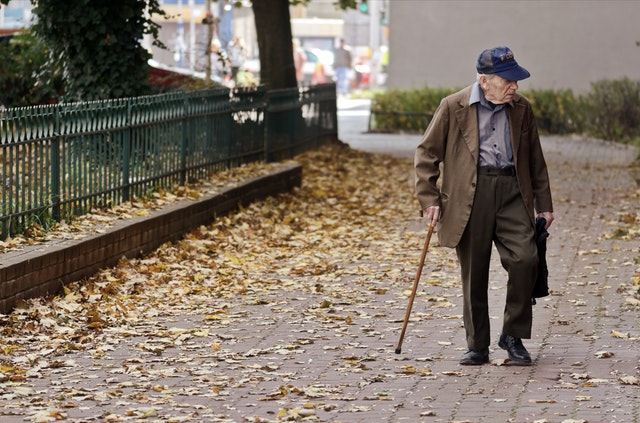It is always a crucial decision to make for a family member of whether watching over elderly loved ones from home is best or not. In comparison, it seems that the elderly homes are always equipped with the appropriate healthcare equipment. But if the families know what their elderly loved ones need, it will save their elderly loved ones from feeling neglected or abandoned.
As most of the activities of daily living (ADL’s) gets challenged when one starts to age, there are types of equipment to alleviate this. Keeping them independent and functional are the utmost priority.
Knowing this brings us to an important approach which is the provision of assistance from your own homes while encouraging them to live independently. In doing this, they won’t feel that they are a burden, nor would they be propelled to deteriorate because of immobility. Let’s look at why living aids are so necessary for our elderly loved ones.
Handrails
Many factors affect a person’s musculoskeletal system to change in a declining phase. And age is one of them. The bone is living tissue and remains stable if we use it for what it’s for, mobility. But as a person ages, its structure changes which could result in loss of bone tissue. Weak bones result from the low bone mass. This makes the elderly susceptible to falls and accidents due to unstable gait. Installing handrails around the house, most notably in the bathrooms and the stairway resolves this issue significantly.
Bed rails
While handrails are to assist the elderly during the day, bed rails prevent injury during the night while they sleep. As the body ages and enters the phase of decline, joint movement becomes stiffer and less flexible because of the diminishing amount of synovial membranes in between the cartilages. These membranes ease the progress of the joints. It lines the cartilage which serves as the bones’ cushion to making bending of bones possible. Besides its ultimate purpose of keeping them from falling off the bed because of limited musculoskeletal coordination and balance, bedrails assist the elderly when waking up from a night’s sleep. This is the time their joints experience ultimate stiffness because of lying down for a long time. Bed rails could assist them in so many ways from getting up, to letting their legs dangle first, which is the best position to get up from to counter hypotensive attacks when abruptly standing up.
Cane, Walkers, Wheelchairs, Mobility Scooters
These are mobility aids that could help out your elderly loved ones who have had a stroke, injury or paraplegic. This helps them in and outside the house if they need to. It’s stressful to accept the fact that you had to have mobility aid, but it’s better than not having the capacity to move at all.
Light Sensor
At all times, your elderly loved ones would always test themselves that they can still do things on their own. To avoid conflict, allow them to be as independent as possible but provide them with proper lighting. This helps them see (correctly) their way. And it would help a lot if you’ll install the kind that lights up as it senses movements. Remind your elderly loved one of that because they might get startled of who had put it on.
Hearing Aid
This may not be much of a living aid, but it helps them to be on guard most especially when crossing the street, enjoying some entertainment at home and talking with family and friends. This is for enhancing their impaired hearing. It is most useful in keeping them safe and enables them to respond when spoken. That way, they wouldn’t feel worthless or just a decoration at home.
These are the most common living aids you may start. As your budget and space allow, you may buy additional living aids later on.
